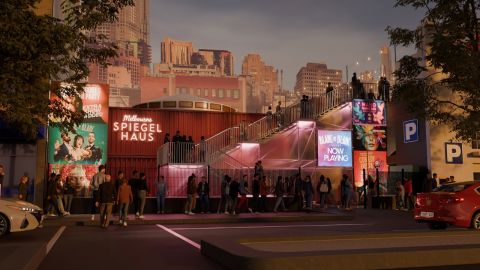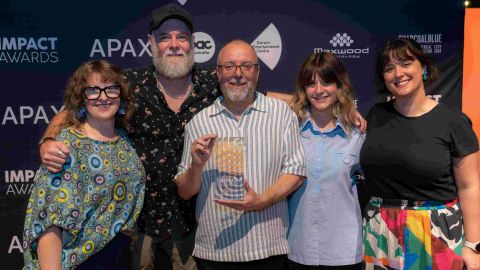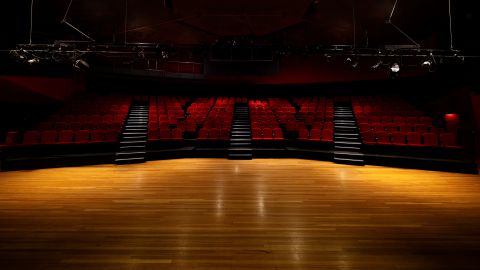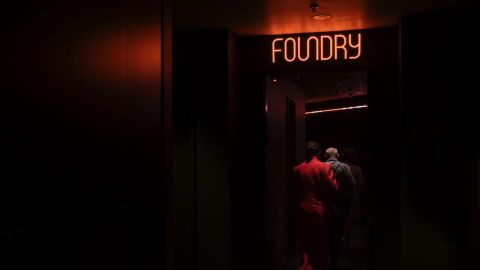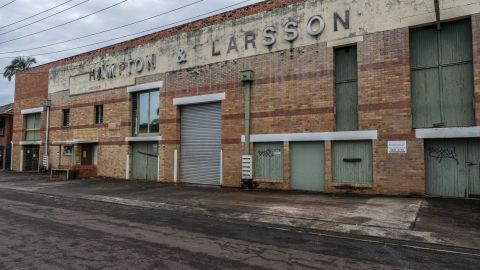The Changing Face of Our Major Performing Arts Centres
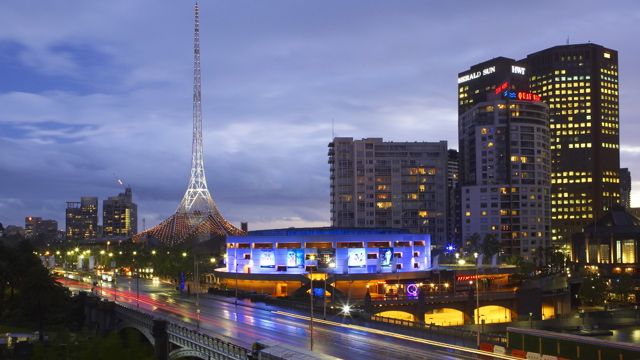
Researchers from Griffith University have been investigating changes afoot in Australia and New Zealand’s major venues. David Adair and Kay Ferres report that arts centres are engaging more directly with audiences and communities.
In 2005 the Adelaide Festival Centre produced about 10% of the shows it presented, and for much of the year the venues were unoccupied. Audiences connected with the state’s flagship theatre or music companies or with the biennial Adelaide Festival of the Arts, rather than with the Centre itself.
Early in 2006 the South Australian government appointed a new CEO with a brief to reinvigorate the AFC’s programming and community engagement.
During that year the Centre hosted a successful Adelaide Festival of the Arts
and initiated two new festivals to fill the ‘dark’ periods. After this promising beginning, the government retired the debt that the AFC had been struggling to service since it was opened in 1973.
In 2007 an ‘Australian Stories’ theatre season of new works and a symphonic season of contemporary or non-traditional works commenced. These programming initiatives were critically well-received but ticket sales were uneven. Nevertheless, the new operating environment gave the AFC the ability to concentrate on building long-term community relationships, rather than having to prioritise short-term commercial programming.
The centrepiece of the AFC’s programming-led recovery is a year-long festival of high-quality, mostly international performances grouped under three programs: CentreStage (theatre); Pivot(al) (dance); and trans:mission (music). The new year-long festival has attracted good overall audience numbers and the AFC now has the time and political capital to build a solid audience for international dance and theatre in particular.
Not all public engagement initiatives involve performance. Exhibitions are
increasingly becoming ways of getting people into venues.
In Melbourne, the Arts Centre has the largest theatre history collection in the country. The Centre exhibits this collection in two main programs. Insights is a thematic program that focuses on particular artists, works or companies; it deals with topics like the art of design or the development of Australian contemporary dance. Icons is a series of large exhibitions on high-profile people or companies. The subjects have included Kylie Minogue, Dame Edna Everage and Nick Cave. These exhibitions travel to the UK and Europe.
The Queensland Performing Arts Centre (QPAC) has the only public
collection of the state’s theatrical history. Exhibition spaces are limited in the current building but parts of the collection are accessible online and users are encouraged to comment on the archival materials and contribute their own stories and materials. This audience engagement reflects the importance of theatre in the state’s cultural heritage.
Architectural initiatives are the most talked about ways of widening public access. The recent QPAC renovations and those about to begin at the Arts Centre will make the buildings more permeable. The designs encourage flows of visitors and provide places where people can meet.
In recent years the concourse area leading to the Sydney Opera House has
also been transformed. Free music, craft markets and outdoor performances promote a vibrant and diverse public life in the precinct and enable strangers to meet one another in safe environments. Bars and cafes add amenity and extend the hours in which the precinct is in use.
Much of the public debate about performing arts centres focuses on public value and return on investment. Apart from their contribution to local economies, there is a new awareness of the centres’ social and cultural impacts. Their often iconic public buildings symbolise values and achievements associated with creativity, inspiration and imagination. They represent the community’s heritage and traditions to itself as well as to visitors.
Arts centres are ‘conversation pieces’. Their distinctive physical presence – typically in clear view at the edge of the CBD – calls attention to the importance of arts and culture in civic life. The so-called ‘funky roof factor’ is easy to dismiss or uncritically endorse; the vogue for celebrity architects and ‘signature buildings’ has been celebrated and ridiculed in equal measure. Nevertheless, there are good reasons for taking the symbolic function of public architecture seriously.
In the 20 years since it opened on the banks of the Brisbane River, the QPAC building and the growing precinct around it have signalled Brisbane’s rapid transformation into a culturally exciting city with substantial ties to the Asia-Pacific region.
When it was being built in the mid 1980s QPAC’s uncompromising modernist
architecture seemed shocking. One cartoonist caricatured it as a machine gunned fortress. A Queensland politician criticised the building’s
obscure entrance, the difficult access problems created by its many
stairways and its failure to appear ‘open and friendly’. These problems, identified as long ago as 1985, were substantially addressed in the recent renovation of the building. The Sydney Opera House – notwithstanding its world heritage listing - has now followed QPAC in installing visitor-friendly alternatives to its imposing flights of stairs. Our changing values are expressed in how we use these buildings and the history of those values is written in their architecture.
The hybrid nature of performing arts centres is here to stay. Opera, theatre, ballet and orchestras need a home. The ongoing challenge is figuring out how to share that space and to accommodate new art forms and community agendas.
Image: The Arts Centre - Night

